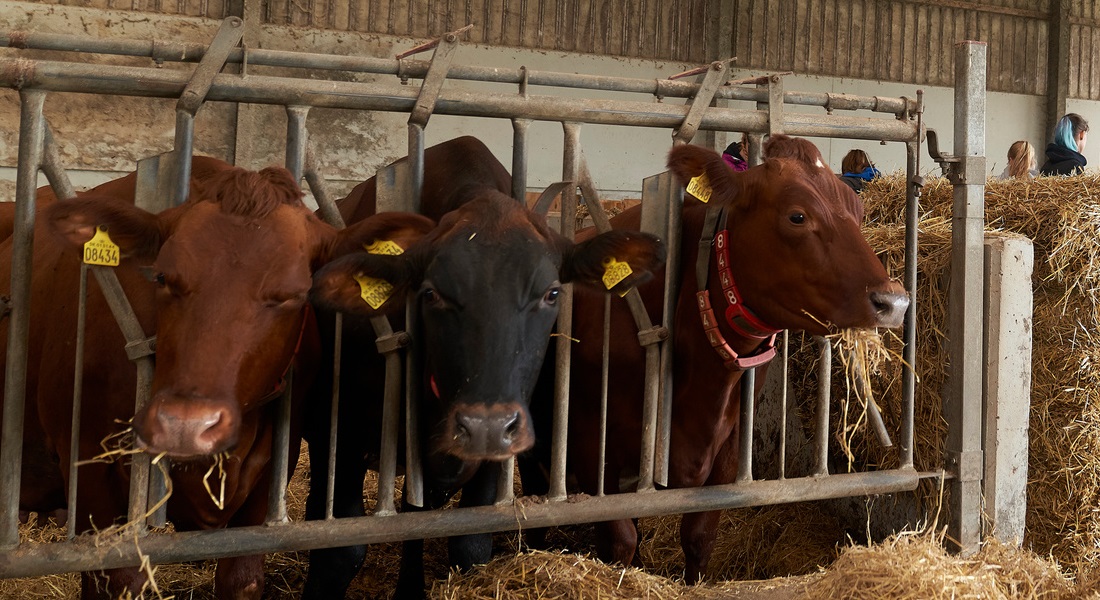Climate joker in agricultural livestock to be studied at the University of Copenhagen
What if you could remove a significant portion of the greenhouse gas emissions coming from agriculture in a single stroke? This may sound unbelievable, but it is actually what a group of researchers at the Department of Food Science at the University of Copenhagen hope to do in a new project that has received a Villum Experiment 2020 grant.

Cows are ruminants that generate the greenhouse gas methane when they decompose grass and plants in the rumen. The methane gas is produced by microorganisms of the genus Methanobrevibacter. Methanobrevibacter is a so-called Archaea. Archaea are superficially similar to bacteria, but are one of the three basic domains of life and differ both genetically and functionally from the other two basic life forms – namely bacteria and eukaryotes (humans, plants, animals, as well as microorganisms such as yeast and moulds are eukaryotes).
The researchers have a theory that you will be able to kill archaea with viruses, just as you can kill bacteria using bacteriophages. It has previously been tried without success, as archaea, including Methanobrevibacter, are difficult to attack. But the researchers at UCPH FOOD have an idea of how this might yet be done.
“The methane production by ruminants is a major challenge for the climate. Therefore, we want to develop viruses that can kill Methanobrevibacter. If it succeeds, it will be a breakthrough in the efforts to reduce agricultural emissions of greenhouse gases,” says professor with special responsibilities Dennis Sandris Nielsen from UCPH FOOD, who is leading the research project.
In theory the researchers will be able to entirely prevent methane production during the digestive process, preferably in the form of belches. It will thus be possible to prevent formation of very large amounts of greenhouse gases, but since it is quite complicated, the project also has a real risk of failure and with this “high risk/high gain” profile, the research has received DKK 2 million in support from the Villum Experiment 2020.
But what about the cows?
The question then is what is means for the cows if the researchers can use biotechnology to remove the archaea.
“There are several good reasons to kill Methanobrevibacter, as the methane they produce does not benefit the cow, but actually removes energy that could otherwise be of use for the cow – and the cow will, for example, be able to better utilise the food when the archaea are removed,” says Dennis Sandris Nielsen.
The research project begins on 1 December 2020 and will run for two years.
Topics
Related News
Contact
Professor with special responsibilities Dennis Sandris Nielsen, Department of Food Science at University of Copenhagen (UCPH FOOD), dn@food.ku.dk
or
Communications officer Lene Hundborg Koss, UCPH FOOD, lene.h.koss@food.ku.dk
Did you know that
Approx. 20% of Denmark’s greenhouse gas emissions come from agriculture – and a quarter of this can be attributed to ruminants, primarily cattle, which produce large amounts of the powerful greenhouse gas methane.
